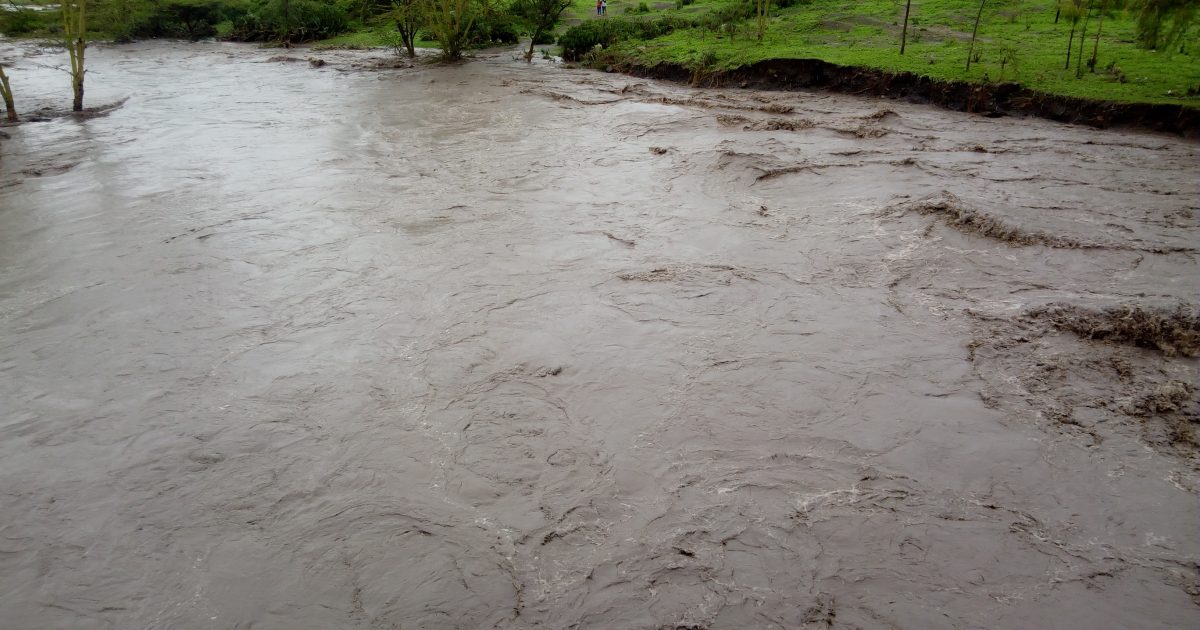The National Environmental Management Authority (NEMA) has embarked on a clean-up exercise of rivers in Kajiado County that drain into the Athi River.
This follows a presidential directive last month that all tributaries draining into Thwake dam in Makueni County be cleaned up to ensure water fed into the dam is safe for human consumption.

President Uhuru Kenyatta issued the directive on his recent visit to Makueni, following the Auditor General’s report that water fed into the dam from River Athi is highly polluted.
The dam’s main supply is Athi River, whose main tributary, Nairobi River is polluted with heavy metals, residual faecal and organic matter.
Other six counties including Kiambu, Nairobi, Makueni, Kilifi, Machakos and Kitui counties with rivers whose tributaries drain into the Thwake dam will also embark on the clean-up exercise.
NEMA, Kajiado County Director Joseph Kopejo revealed that a clean-up exercise of rivers in Ngong, Kiserian and Ongata Rongai that drain into River Athi had commenced.
Kopejo urged residents to cooperate with NEMA by stopping the dumping of solid wastes into the rivers.
Speaking in Embulbul town, Ngong after inspecting several rivers and residential areas, the Director noted that the main pollutants of rivers in the area are overflowing septic tanks that release sewer water into the roads and drainage systems.
“The biggest contributor to pollution of rivers are overflowing septic tanks and dumping of wastes by residents. This must be stopped immediately to ensure that water which flows from here all the way to Athi River and into Thwake dam is safe for consumption” said Kopejo.
He warned residents against dumping and urged landlords with overflown septic tanks to close them as the water finds its way to the rivers resulting in contamination.
Kopejo noted that a long-lasting solution to pollution of rivers is the construction of sewer lines in Ngong, Kiserian and Ongata Rongai towns.
The Sh42 billion Thwake dam aims to reduce resident’s reliance on rainwater while also providing new opportunities for irrigation, hydropower, and industrial activities.
The dam, which is being constructed downstream from Thwake and Athi River, covers 2,470 acres (10 square kilometres) to create a reservoir of more than 690 million cubic metres.
It is expected to provide water for around 2 million people for domestic use and irrigation and inject 20 megawatts of electricity into the national grid.
By Rop Janet





